No sooner has the world and its mother stopped blaming every little grotty moment your baby has on 'colic' or 'reflux' or 'wind'than they start blaming everything on teething. In time the blame will shift to 'he missed his nap' right through to “terrible twos/threes/fours” etc!
So, given that ALL babies get teeth, can the process really cause problems and, if so, what can we do about it?
Mother&Baby's resident parenting expert Rachel Fitz-Desorgher is here to help with all your questions around teething relief.
What age do babies get teeth?
The childhood set of milk teeth add up to 20 by the age of about 3 years old but some babies are born with teeth (I have seen a newborn with a full set!). The first little nippers generally appear at around 6 months but some babies get their first teeth before 4 months old and some still only sport a gummy smile as they near their first birthday. The bottom two middle teeth generally come through first, followed by the top two middle teeth but it can be pretty hard work while for the duration of time your baby is teething.
So does teething cause any symptoms at all?
Well yes…mildly…in some babies…sometimes.
Here are a few of the symptoms which you might see - some might be caused by teething and some are not... (however teeth will almost certainly get the blame!)
1) Dribbling

The first symptom that usually triggers the “ooh, he must be teething” look of concern from well-meaning friends and family is excessive dribbling and that tends to start at about4 months.
But, the cause of dribbling at this age has very little to do with what is shifting around in your baby’s gums but is actually caused by increased salivation which is needed to help your baby start babbling.
The 4-month-old tiddler coos and chuckles and often discovers how to blow raspberries and bubbles and generally has a good old time gossiping with their parents. Saliva is needed to moisturise the gums, lips and tongue and, believe it or not, the skill of keeping saliva politely in our mouths has to be learnt.
Babies simply haven’t learnt how to stop the saliva escaping and so it dribbles down their chin, onto their clothes and, more often than not, onto whosoever is enjoying a cuddle and a chat at the time! Another time for an increase in dribbling is around 6 months as the highly-evolved body prepares for family foods that need more moisture to work with.
You can see why the connection is so often made between excess dribble and teeth, given that 6 monthsis the average time for seeing those first pearly whites. Before long you will notice that people will say, with huge certainty, that a baby is teething for months and months before the first tooth appears. Of course, when one eventually pushes through 4 months later, those same people will enjoy looking smug and saying “see … I TOLD you she was about to cut her first tooth!”
As soon as your baby starts to go through the dribbling stage, ensure that their chin is protected from teething rash by using a very simple barrier ointment such as a thin smear of Vaseline. Avoid products with more than a couple of ingredients as they are more likely to increase irritation than reduce it.
Keep clothes as dry as possible with a regular change of absorbent bibs and make sure those are washed and dried thoroughly and regularly to stop them from becoming smelly.
2) Chewing
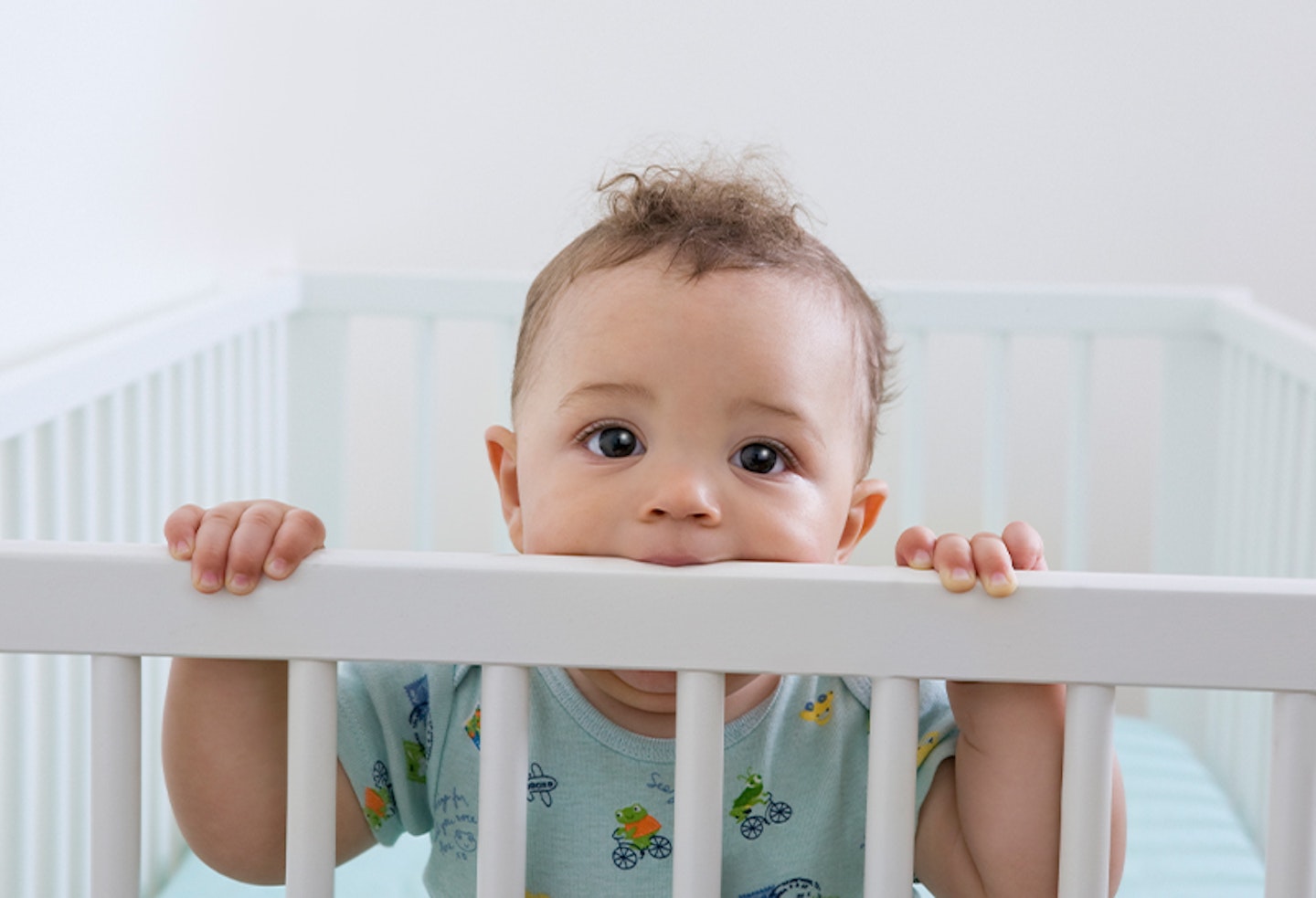
Babies love to chew on things - their fist, your knuckles, toys … it is the primary way that babies explore the world.
They get a lot of information through their lips, tongue and gums and this “oral phase” goes on for years - how many of us still chew our pens and fingernails as adults? Because this phase goes on for so long, there are bound to be teeth that come through at some point along the way and people make a connection that may or may not actually be there. Many mums now wear teething beads around their neck and these funky teething necklaces are becoming quite popular online so look out for one to buy before your baby reaches their 4-month mark.
Then, whenever your baby is up in your arms, they have easy and safe access to something to grab and gnaw on. For those out-of-arms times, plenty of washable, chewable baby toys are needed to satisfy this seemingly endless impulse. If your baby does not seem to be so taken with chewing, then whilst they won’t need so many teething toys, they will enjoy other stimulation for their developing senses. They may also be grinding the teeth that they do have.
3) Red gums
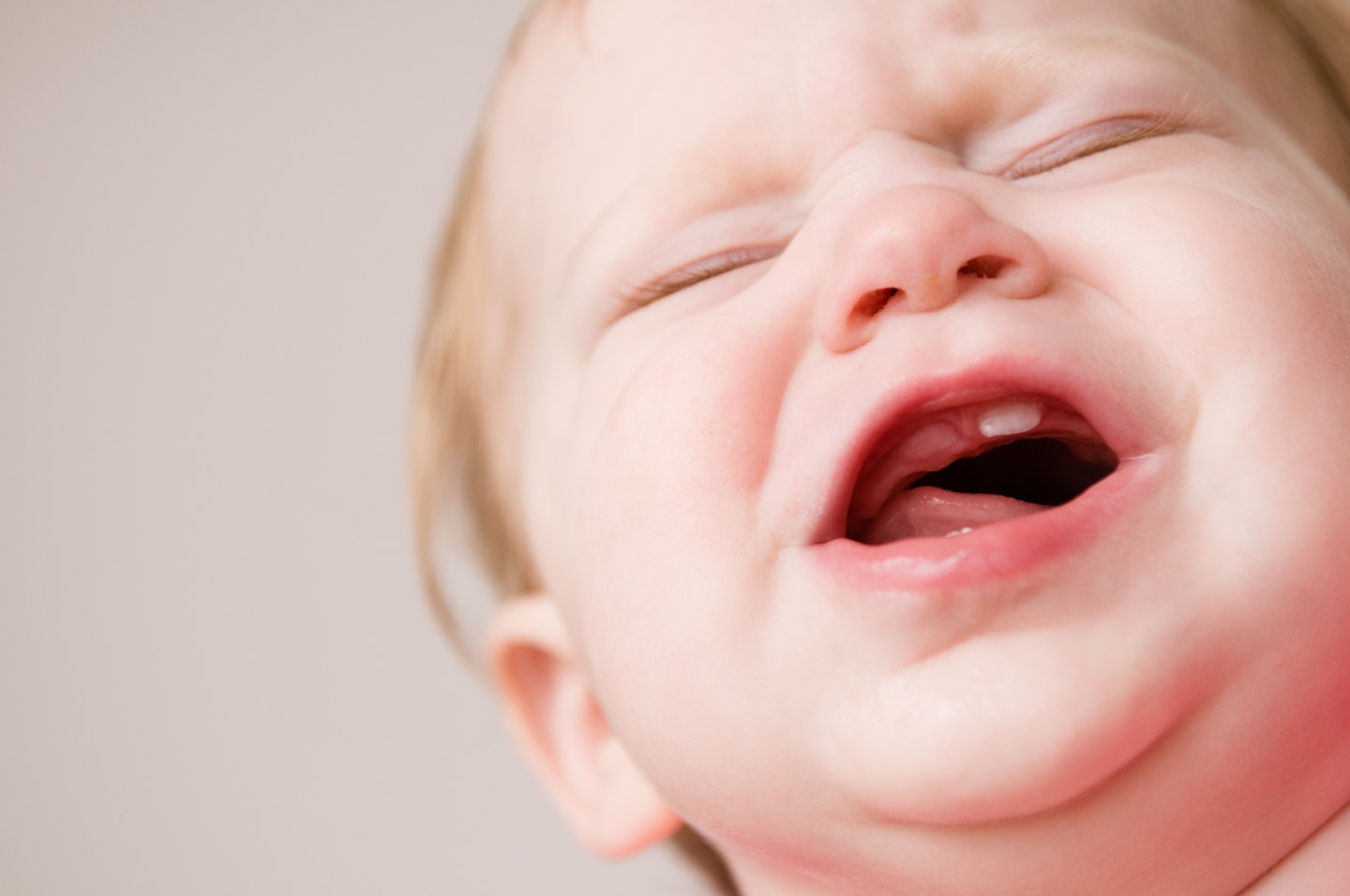
Just where the tooth is about to break through, you can sometimes see a slightly raised and inflamed area, a bit like a pimple. Occasionally the gum bleeds a bit when the skin splits over the emerging tooth but it will only be a spot or two, usually seen on the sheets after a nap.
If your baby like to chew (some do and some don’t so much), then a cooled teething ring might be soothing. Never freeze the teething ring but read the instructions that come with it and follow them carefully. Never use a tie or ribbon to keep it handy for your little one as it could get tangled around your baby and cause choking.
Given that there is a fair chance that teething will coincide with weaning, hard, raw fruit and veg like a cut-up apple or carrot chunks straight from the fridge give your baby something tasty AND cooling to gnaw away on.
4) Red cheeks
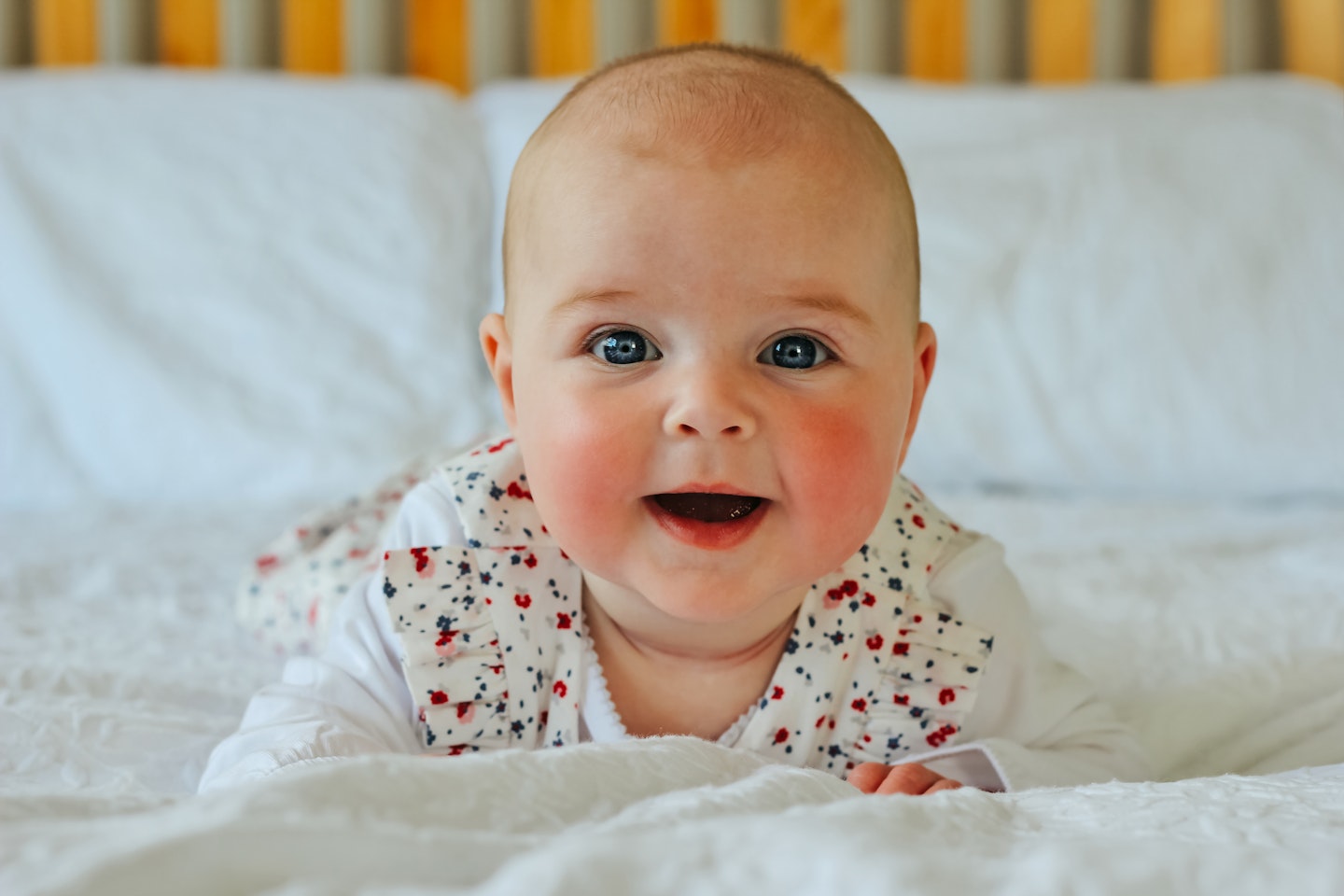
Often just one cheek is slightly flushed and the evidence says that it is more likely to be caused by something else, or nothing at all, than by an emerging tooth. In any case, there is nothing you need to do about a flushed cheek. It will go away again all by itself. If your baby has a flushed cheek and a temperature, see your GP to check they haven’t caught the latest round of Slap-Cheekor another of the many childhood infections.
Your GP will be the best person to tell you what is causing your baby’s symptoms and the best way to treat it.
5) Ear-rubbing
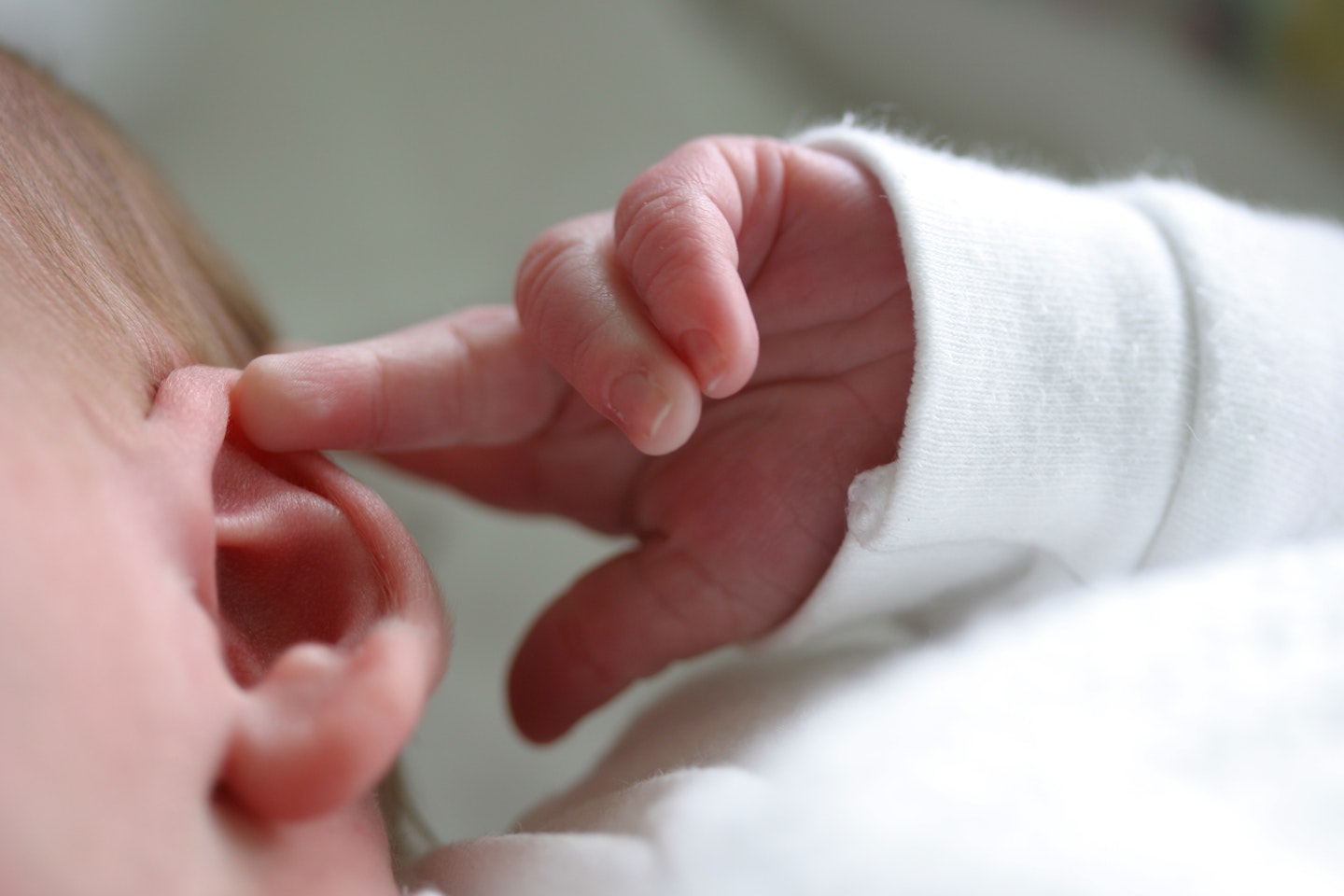
Babies often rub and pull their ears when they are tired and they might also do it when a tooth is coming through. This doesn’t mean that your little one has anear infectionor even that the teething is causing the irritation. They are simply having a good old fuss with their ears at about the same age as teeth start to poke about. It should settle in a day or two so, if your baby seems to be troubled by their ears for more than about 3 days, see your GP for a check-up.
6) Irritable
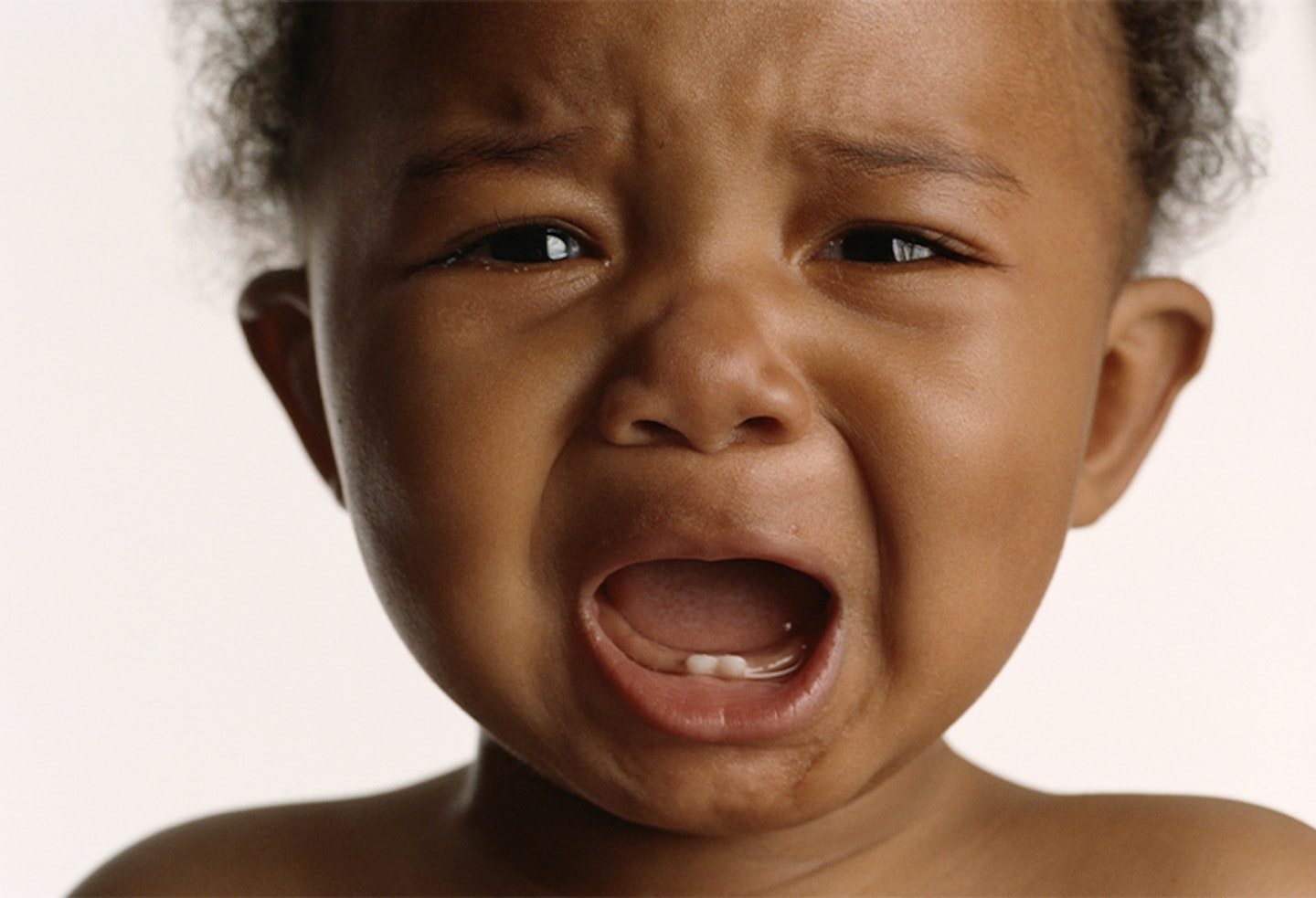
Just like when they go through baby growth spurts, some babies do get more fussy and grumpy when they are cutting their teeth but it can, in truth, be difficult to know if your baby is grumpy because their gums are irritating or just because they are having a bad week.
At around the 4-month mark, babies start to slowly develop a different way of sleeping. Sleep cycles begin to emerge alongside a change in the way restful sleep is achieved. If your baby doesn’t now get enough time tonap deeply, they will be very grumpy and irritable.
This picture intensifies as the months goes on and, of course, teething gets the blame for the over-tired baby’s rough temper! This doesn’t stop there being a whole range of products sold which claim to soothe the trauma of teething from pain-relieving gels to amber bead jewellery, homoeopathic powders and even herbal teas! None of these have been shown to be of any use at all and are not recommended.
Because the mild symptoms of teething pass in time, whatever product parents are using at the time tend to get the credit for the return of peace to the household when, in fact, that period of teething has simply ended for now.
Pain-relieving gels don’t stay on the gums (your baby is dribbling like a tap, remember!) so do try a cooled teething ring before rubbing gels on them. There is absolutely zero evidence that amber beads, herbal teas or homoeopathic powders have any effect at all and some unlicensed homoeopathic remedies advertised online have been linked to serious side effects. So, if you do decide to use a homoeopathic gel, check that it is licensed for use in the UK.
7) Pain
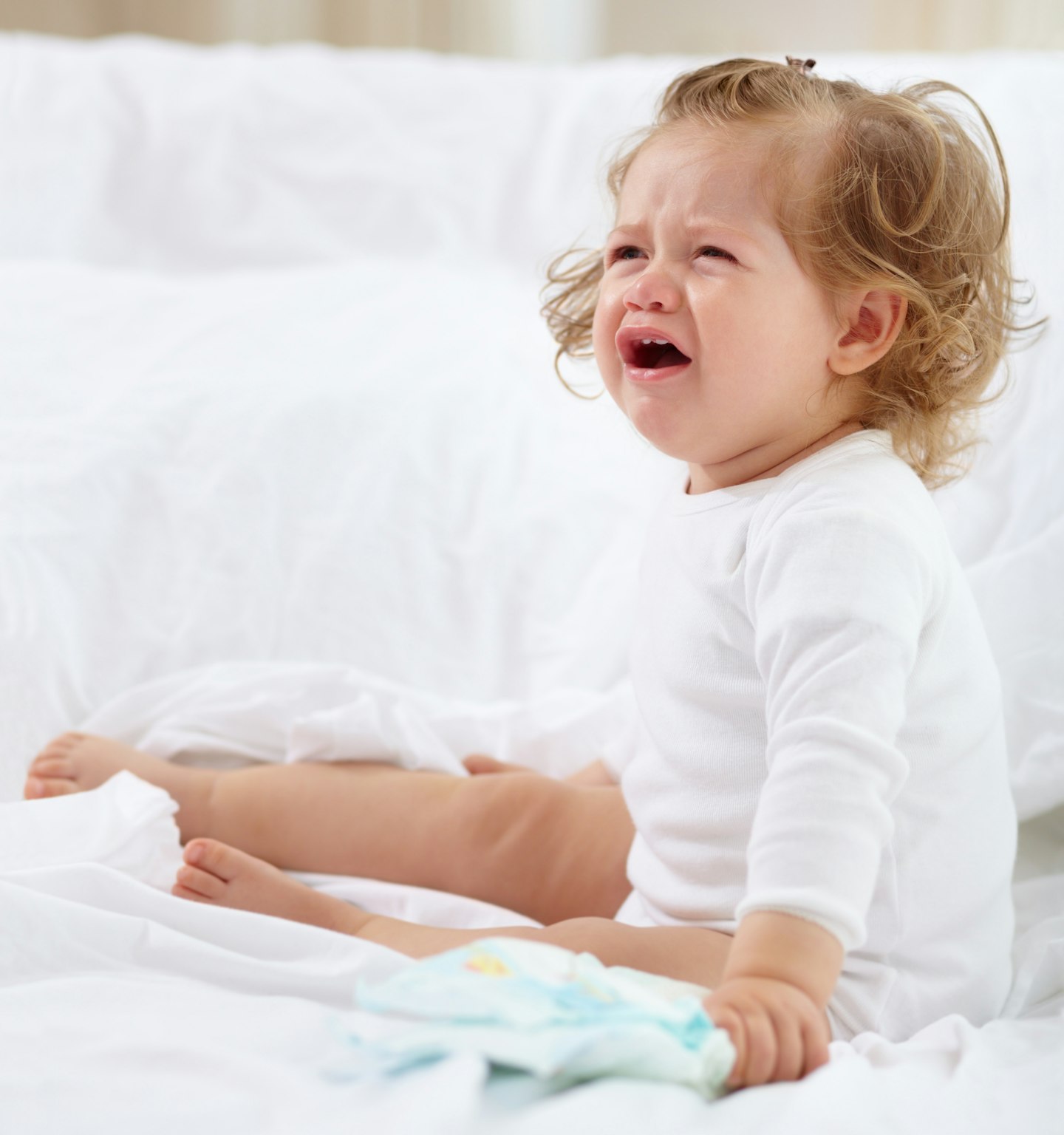
There is plenty of evidence that teething causes no more than mild pain and that most teeth come through without any fanfare yelling at all.
If you think that your baby is sore with a tooth coming through the gum then you can try rubbing the gums with a clean finger (your baby will enjoy chewing on your fingers anyway) and use all the soothing strategiesyou found helped your little one in those first couple of months - remember those long evenings spent rocking and cuddling and patting and feeding? Some babies need more of these soothing strategies when they are teething.
If you think something more is needed to alleviate their distress then you could offer a sugar-free pain-killing medicine such as paracetamol or ibuprofen, making sure that you follow the instructions carefully. These medicines are not suitable for babies under 3 months old. Remember that the evidence is very clear that teething does not cause anything more than fairly mild pain for a few days at most so, if your baby seems to be in pain which cannot be soothed away see your GP.
8) Nappy rash
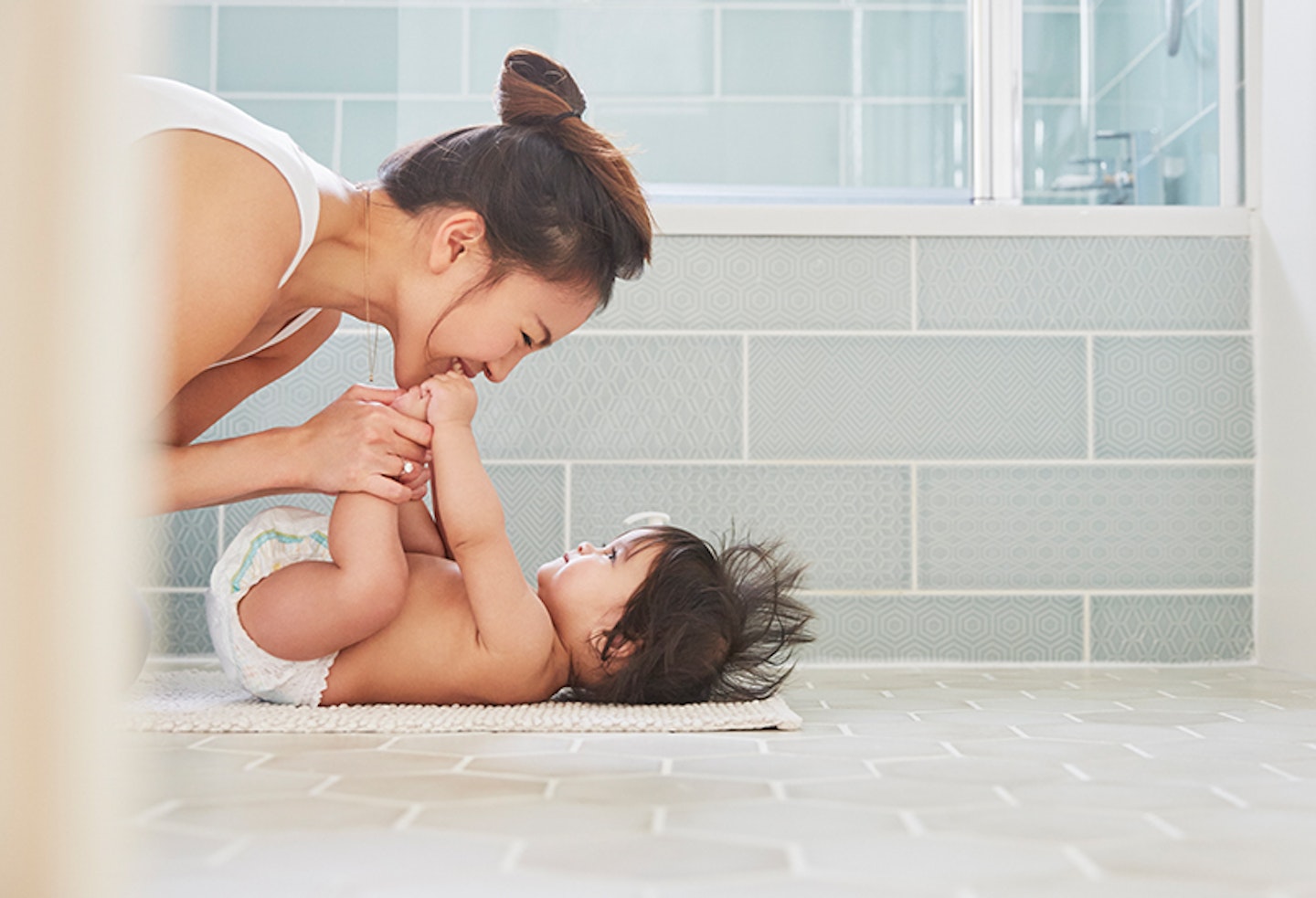
There is absolutely no evidence that teething causes nappy rash but the belief that it does still persist. Some people say that it is the excess saliva being swallowed that causes a rash but, as we have seen, babies lack the skill to manage their saliva which is why it comes out as dribble.
Quite simply, babies of this age are often changing their diet to have more family foods and are also putting anything and everything in their mouths so can pick up rogue fungus or bacteria which, in turn, might cause a nappy rash.
If your little one gets a sore bottom then stop using wipes and use plain water and plenty of it - take their trousers and nappy off and roll their vest up. Now sit them in a sink of warm (not hot) water so that every bit of poo and wee is soaked off. Dry carefully and gently with a soft towel and then put a thin smear of a barrier ointment such as vaseline all over the nappy area. Do this at every nappy change until the rash has cleared and see your GP if it gets worse or does not start to improve after a day or two.
Teething does NOT cause diarrhoea. You will be used to what your baby’s poo is like on a day to day basis - the baby who only has mum’s milk might have very squirty poo whilst the mixed-fed or exclusively formula-fed baby is more likely to have firm poo. So, if you see a change to your baby’s poo that you can’t explain and/or your baby seems at all unwell, you must see your GP - diarrhoea in babies can be dangerous.
9) A high temperature
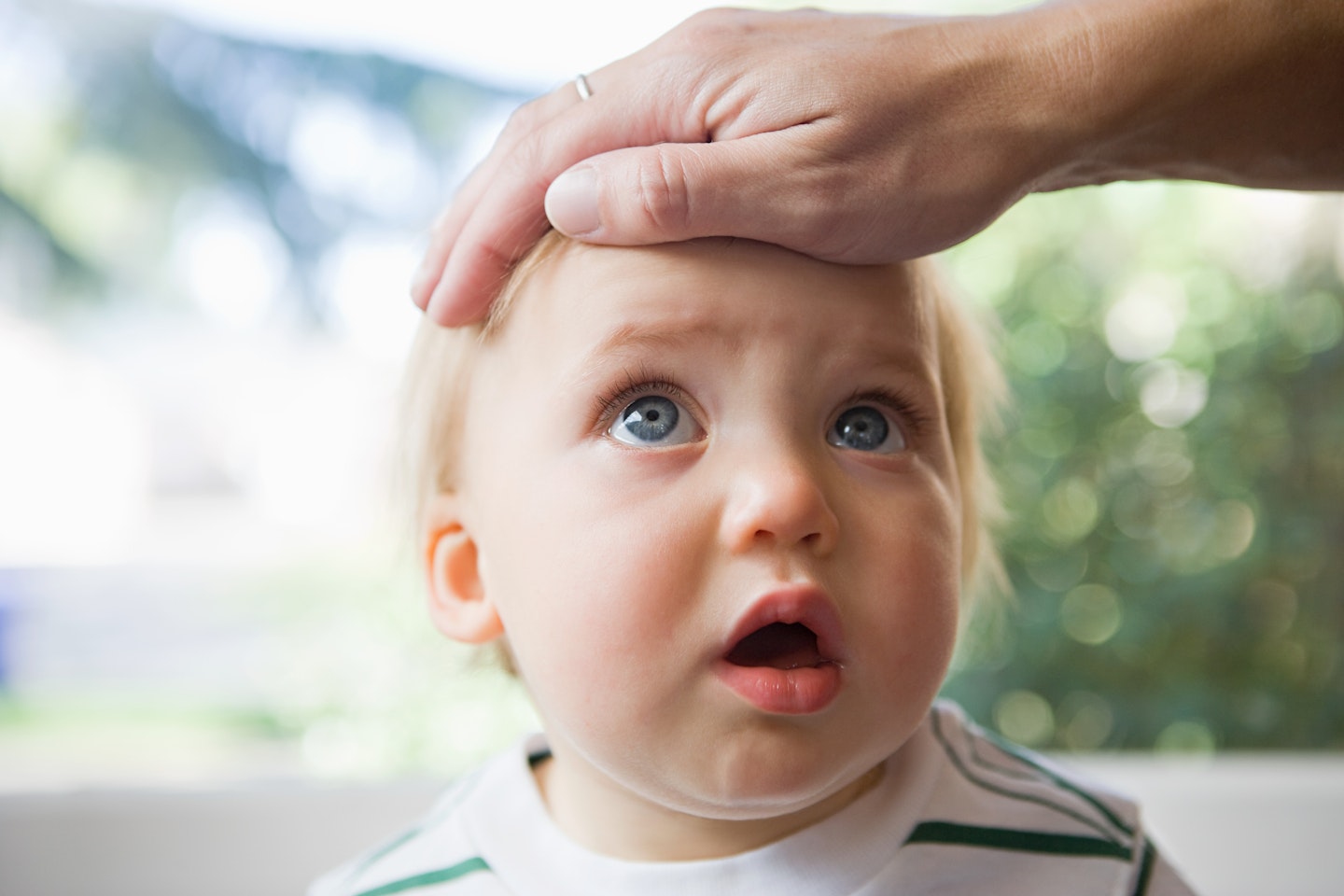
TEETHING DOES NOT CAUSE A TEMPERATURE! If your baby is unwell, see your GP.
So you can see that teething happens at a time when your baby is developing fast. They are becoming more chatty, starting to explore family foods, beginning to go into the long, long phase of putting everything in their mouth, and also starting to develop different sleep habits causing them to need naps, and to have really bad grumps if they don’t get enough good-quality sleep.
Hang in there, make sure your little one gets extra cuddles and enough naps, and look for other reasons for your baby’s behaviour before blaming those cute little pearls. Oh, and DO go out and buy their first baby toothbrush!
